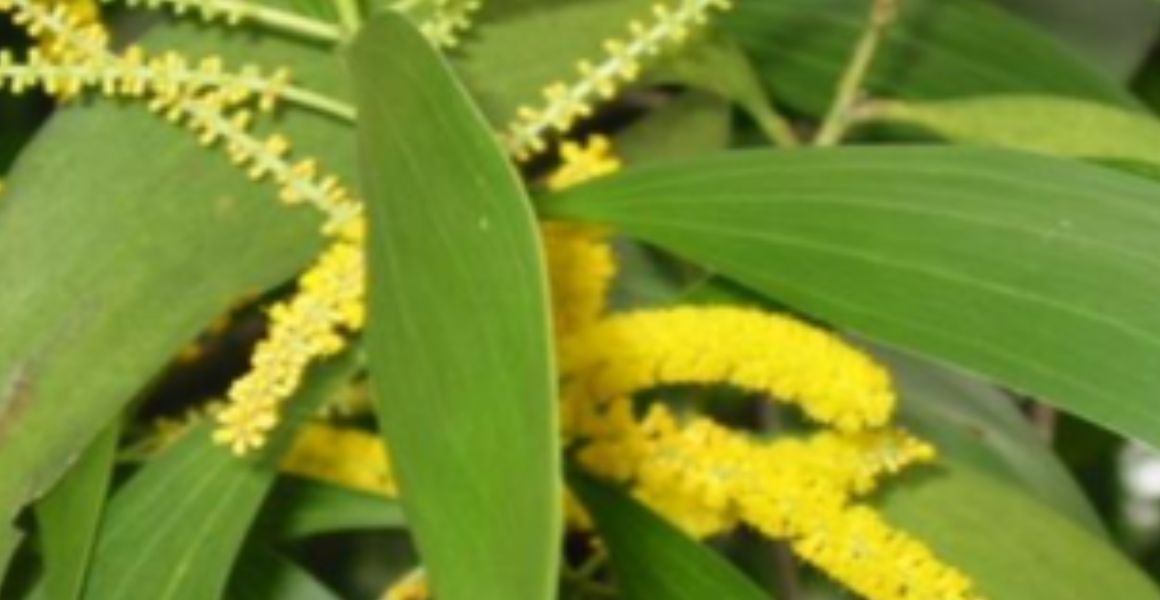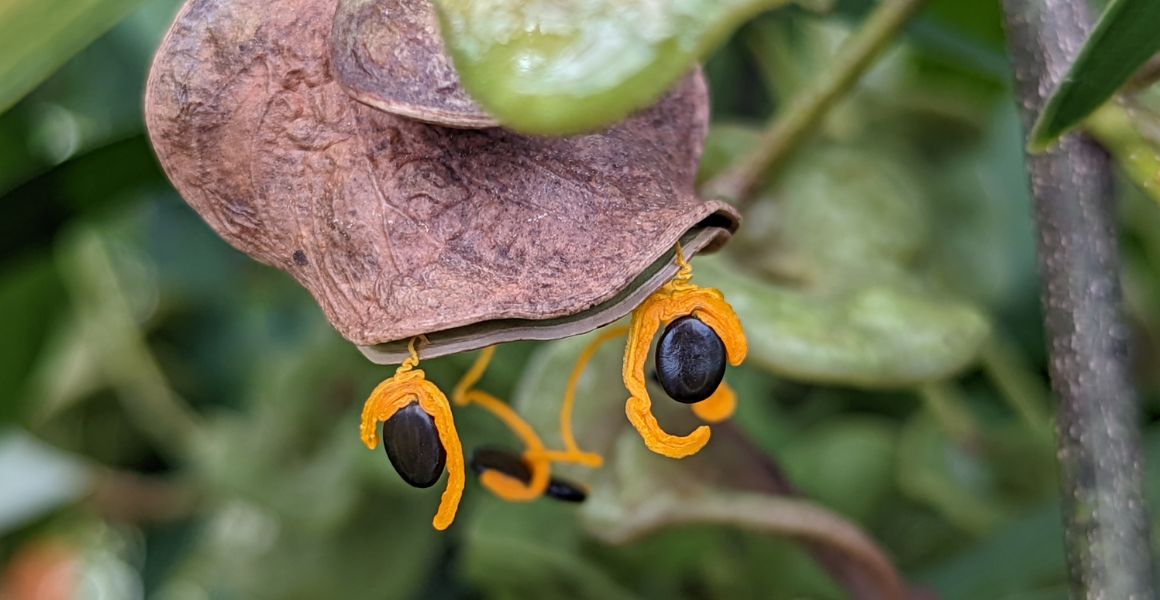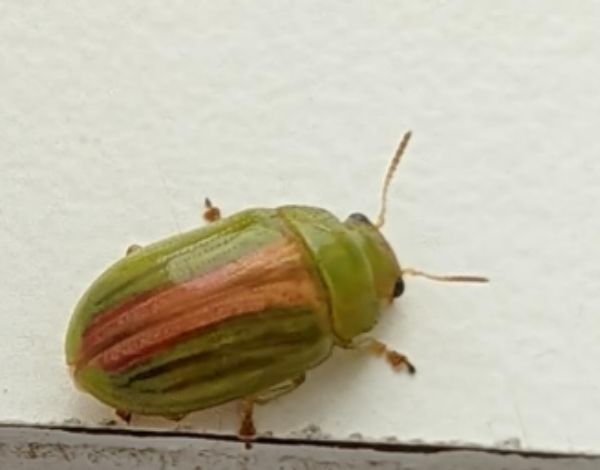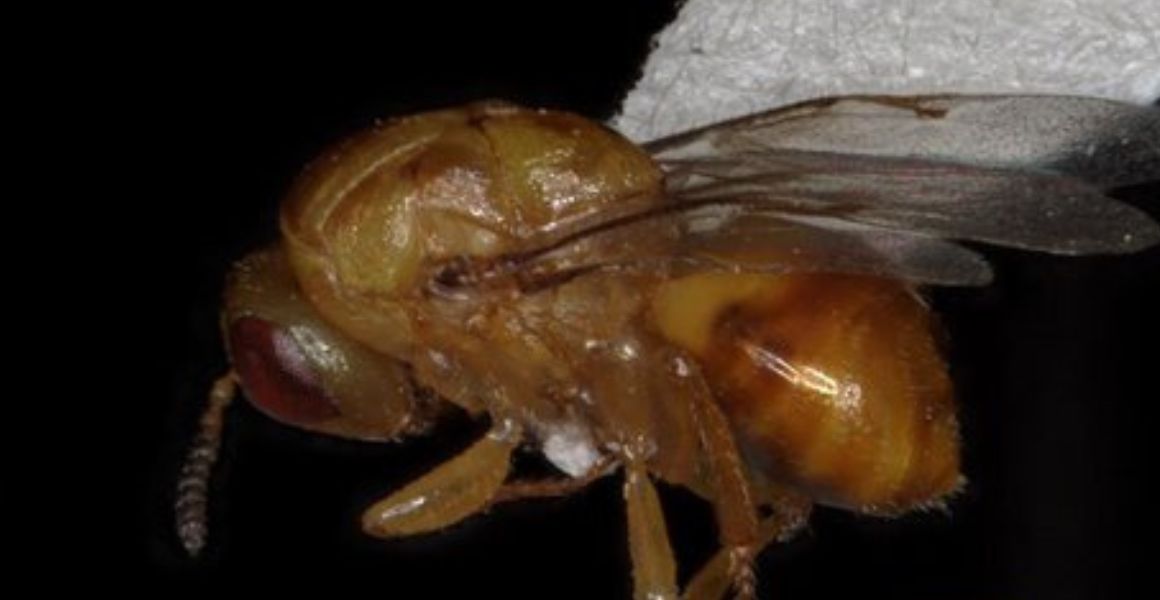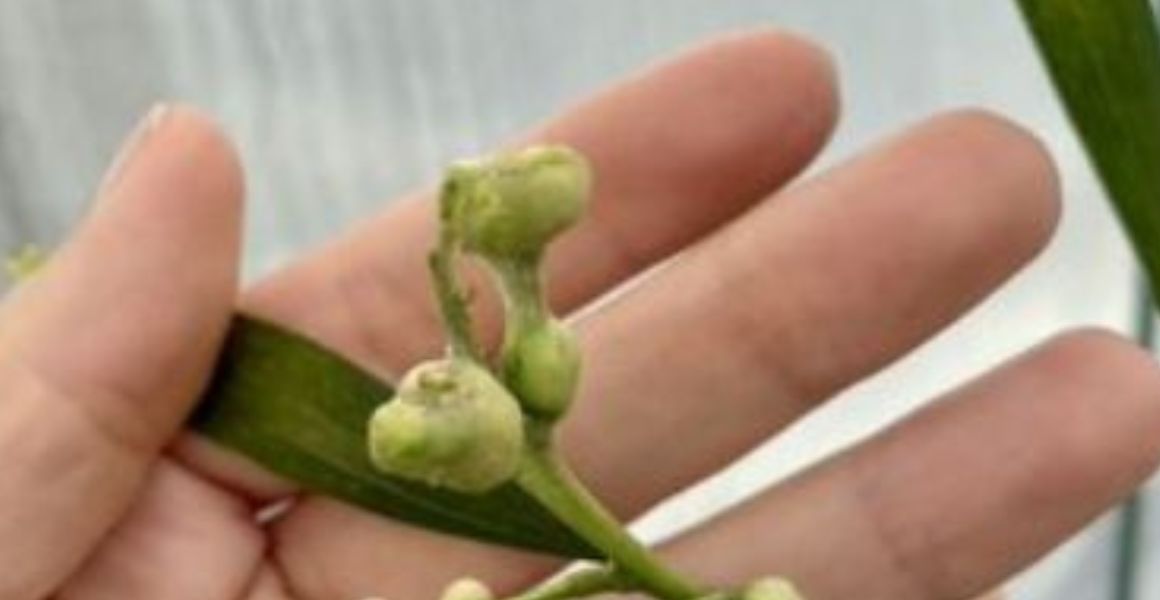Earleaf Acacia
Acacia auriculiformis A. Cunn. ex Benth (Fabaceae), commonly known as earleaf acacia is an fast-growing, evergreen tree native to Australia, Papua New Guinea, and Indonesia. Earleaf acacia comes from mesic and humid subtropical forests, where it naturally grows along riverbanks and other high-water table areas. Earleaf acacia can be found in swamp forests and can tolerate a wide range of poor soils. This plant was introduced in Florida as an ornamental plant in the early 1900s. Since then, earleaf acacia has become a serious plant invader in Florida. This plant continues to spread at an alarming rate in southern and central Florida. Efforts to understand its current distribution and possible range in the USA are underway.
The current control methods for earleaf acacia are hand pulling seedlings, removing mature trees, and using herbicides. Our goal is to develop a biological control program to be integrated with the control methods for earleaf acacia in Florida, so that we may slow the spread of the plant and reduce negative environmental and economic impacts in the US

